How Is Aluminium Made From Its Ore
Simply complete the form below, click submit, you will get the price list and a GBM representative will contact you within one business day. Please also feel free to contact us by Online Service. ( * Denotes a required field).
 Get Price >
Get Price >Metals and Nonmetals Class 10 Important Questions with ...
So before reduction, the metal sulphide ore is converted into metal oxide. (iii) Copper metal is the next best conductor of electricity after silver metal. So electric wires are made of copper (as silver being a costly metal can not be used for making electric wires). Question 7. Differentiate between the following with suitable examples: (2015)
 Get Price >
Get Price >How Is Aluminum Extracted From Its Ore?
Apr 17, 2020 · Aluminum is extracted from bauxite ore by way of the Bayer process. This requires a great deal of electricity; consequently, a large amount of aluminum is processed in Iceland, which gets its electricity through geothermal energy.
 Get Price >
Get Price >Aluminium PRICE Today | Aluminium Spot Price Chart | Live ...
Oct 08, 2021 · Aluminium is produced primarily in China, Russia and the USA, while the most significant aluminium ore deposits can be found in Australia, Guinea, .
 Get Price >
Get Price >How Metals are Made
Nov 13, 2017 · The freedup aluminum melts and collects at the bottom of the pot. At this point it is % pure aluminum. Aluminum is used in a wide variety of appliions, in its pure form (aluminum foil is made from nearly pure aluminum), and more commonly in alloys, mixed with elements such as silicon, copper, and zinc.
 Get Price >
Get Price >Aluminum in Canada | The Canadian Encyclopedia
Feb 06, 2006 · How Is Aluminum Made? Bauxite is the main ore of aluminum. It contains about 4060 per cent alumina (aluminum oxide, Al 2 O 3), as well as silica and iron oxide. Bauxite is formed by the weathering of aluminumrich rocks under tropical conditions. There are no bauxite mines in Canada. The country''s refinery and smelters use ore and refined ...
 Get Price >
Get Price >Conversion of Bauxite Ore to Aluminum Metal
Bauxite Ore Processing: Aluminum is found in varying amounts in nature as aluminosilies (contains aluminum, silicon, and oxygen) in various types of clay. As the minerals are weathered they gradually breakdown into various forms of hydrated aluminum oxide, Al 2 O 2 O, known as bauxite.
 Get Price >
Get Price >Aluminum
Jun 04, 2002 · Aluminum is a very light metal with a specific weight of g/cm 3, about a third of that of steel. This cuts the costs of manufacturing with aluminum. Again, its use in vehicles reduces deadweight and energy consumption while increasing load capacity. This also reduces noise and improves comfort levels.
 Get Price >
Get Price >Titanium Ore
Titanium ore was first discovered in 1791 in Cornish beach sands by an English clergyman, William Gregor. The actual identifiion of the oxide was made a few years later by a German chemist, Klaproth, who gave the metal constituent of this oxide the name titanium, after the Titans of Greek mythology.
 Get Price >
Get Price >Energy needed to produce aluminum
Aug 16, 2012 · After alumina is extracted from bauxite ore, further processing called ''smelting'' is necessary to convert it into aluminum. In this process, alumina is dissolved in a solution and a strong electric current is applied. This process has generally remained unchanged since its invention in 1886.
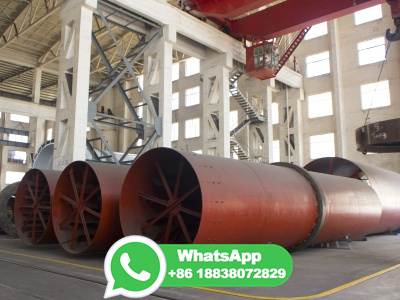 Get Price >
Get Price >Aluminum facts
Aluminum does not exist in a pure state in nature. The production of primary aluminum metal begins with bauxite ore, which is composed of hydrated aluminum oxide (40% to 60%) mixed with silica and iron oxide. It takes approximately 4 to 5 tonnes of bauxite ore .
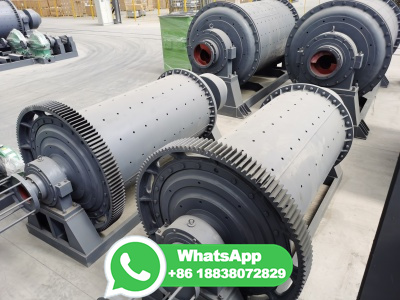 Get Price >
Get Price >Aluminum Production
Feb 05, 2011 · It is rarely used in its pure form. Aluminium alloys are typically made with magnesium, manganese, copper, and silicon, and may be up to 15 times stronger than pure aluminium. As with steel, heat treatment and cold working also increases the strength (see Section ). Appliions for aluminium
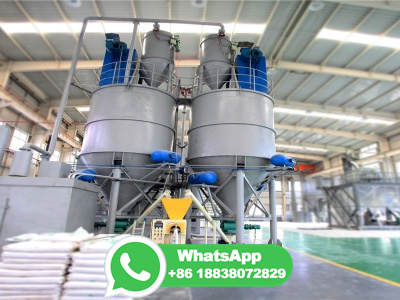 Get Price >
Get Price >aluminum processing | History, Mining, Refining, Facts ...
Aluminum processing, preparation of the ore for use in various products.. Aluminum, or aluminium (Al), is a silvery white metal with a melting point of 660 °C (1,220 °F) and a density of grams per cubic cm. The most abundant metallic element, it constitutes percent of Earth''s crust. In nature it occurs chemically combined with oxygen and other elements.
 Get Price >
Get Price >Where Can Aluminum Be Found?
Mar 26, 2020 · Aluminum can be found throughout the earth''s crust, but it is most commonly extracted from bauxite ore. Because it is so soft in its pure form, most aluminum used for commercial purposes consists of alloys made from refined bauxite mixed with stronger materials. Aluminum is the third most commonly occurring element on Earth and the most ...
 Get Price >
Get Price >Aluminum
Sep 27, 2021 · Aluminum reacts so readily with oxygen that you never naturally find it in its pure form. Instead, compounds of aluminum exist in huge quantities in Earth''s crust as an ore (raw rocky material) called bauxite. This is the common name for hydrated alumina, a substance typically made from about two thirds aluminum oxide (chemical formula Al 2 O 3 ...
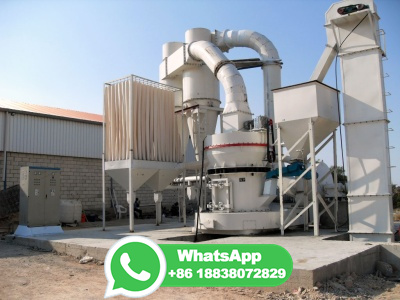 Get Price >
Get Price >Aluminium Oxide: Properties, Production, and Appliions ...
Aluminium oxide is a thermally unstable and insoluble compound that occurs naturally in various minerals such as corundum, a crystalline variant of the oxide, and bauxite, which is considered as its principal aluminium ore [1]. Here, you will learn about: What the main properties of aluminium oxide are; How aluminium oxide is produced
 Get Price >
Get Price >What is Lithium Extraction and How Does It Work?
Jul 31, 2018 · Due to the added energy consumption, chemicals, and materials involved in extracting lithium from mineral ore, the process can run twice the cost of brine recovery, a factor that has contributed to its smaller market share. The process for recovering lithium from ore can vary based on the specific mineral deposit in question.
 Get Price >
Get Price >Mining and Refining – Process
Armand Dufrénoy names the ore "beauxite" 1861: Henri SainteClaire Deville renames it as "bauxite" 1854: SainteClaire Deville discovers a method to separate kilogram amounts of aluminium from its oxide, alumina: 1886: Charles Martin Hall and Paul Héroult independently develop a process for making aluminium from alumina: 1887
 Get Price >
Get Price >Iron | Geoscience Australia
Iron is the backbone of the world we have built around us and it is the basic ingredient of steel (iron plus carbon). Iron is a very useful metal because it can be mixed with other metals to make a whole variety of ''alloys'' which are even stronger and don''t rust easily and can be shaped into products from cars to pins, appliances to buildings, bridges to railways, food cans .
 Get Price >
Get Price >how would you obtain aluminium from its Ore Bauxite...
Aluminium ore is called bauxite. The bauxite is purified to yield a white powder, aluminium oxide, from which aluminium can be extracted. The extraction is done by electrolysis. But first the aluminium oxide must be made molten so that electricity can pass through it.
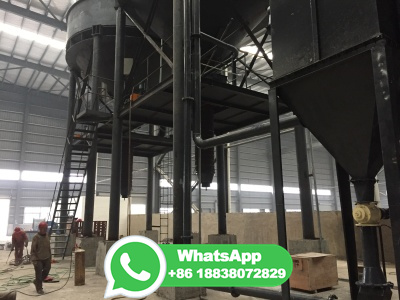 Get Price >
Get Price >History of Metals Timeline Infographic
(1) Gold (ca) 6000BC Stone Age man learned to fashion gold into jewellery. The popularity of gold is largely due to its scarcity, value and mankind''s fascination with the metal. (2) Copper, (ca) 4200BC The use of copper in antiquity is of more significance than gold as the first tools, implements and weapons were made from copper.
 Get Price >
Get Price >How Ore Deposits Are Formed?
At a certain height, the metals precipitate from the ascending fluids. The ore deposit has a typical, welldefined shape that resembles the cap of a mushroom. Its "stem" is the volcanic vent, which has solidified into porphyry and then cracked to form numerous veins through which the fluid pushed its way upwards.
 Get Price >
Get Price >Aluminum
Jun 04, 2002 · Aluminum is a very light metal with a specific weight of g/cm 3, about a third of that of steel. This cuts the costs of manufacturing with aluminum. Again, its use in vehicles reduces deadweight and energy consumption while increasing load capacity. This also reduces noise and improves comfort levels.
 Get Price >
Get Price >Electrolytic Extraction of Aluminium from Bauxite and ...
Dec 16, 2020 · In examining the electrolytic extraction of aluminium from bauxite and alumina, we must first briefly explain the element called aluminium and the minerals and ores that contain this very important metallic element. Aluminum is the third most plentiful element in the earth''s crust, being found abundantly as xosilies(IV) in rocks and clays. . The main source of aluminum .
 Get Price >
Get Price >How Cement Is Made
Cement is manufactured through a closely controlled chemical combination of calcium, silicon, aluminum, iron and other ingredients. Common materials used to manufacture cement include limestone, shells, and chalk or marl combined with shale, clay, slate, blast furnace slag, silica sand, and iron ore.
 Get Price >
Get Price >The science of metals
Jul 05, 2021 · Producing large quantities of a metal like iron, aluminum, or copper therefore involves two distinct operations: extracting an ore (a deposit consisting usually of a huge amount of useless rock and smaller amounts of useful metals) from a mine or quarry and then refining the ore to get the metals away from their oxides (or other compounds) into ...
 Get Price >
Get Price >From Ore to Finished Product
Copper is a major metal and an essential element used by man. It is found in ore deposits around the world. It is also the oldest metal known to man and was first discovered and used about 10,000 years ago. And as alloyed in bronze (coppertin alloy) about 3000 BC, was the first engineering material known to man.
 Get Price >
Get Price >How Cables are Made
Extracting a Metal from an Ore. First we will explore how copper is obtained from an ore. There are a few different ways to conduct this operation. The first step begins when miners collect an ore from the earth. Copper ore is found in mines throughout different parts of the world; mainly in South America and Asia.
 Get Price >
Get Price >Identify Metals : 17 Steps (with Pictures)
Ferrous means that the metal has iron content which in most cases makes it magnetic and nonferrous means it doesn''t have iron in it. An example of a ferrous metal is mild steel, also known as low carbon steel. An example of a nonferrous metal is copper or aluminum. Its always a good idea to bring a magnet to the scrap yard.
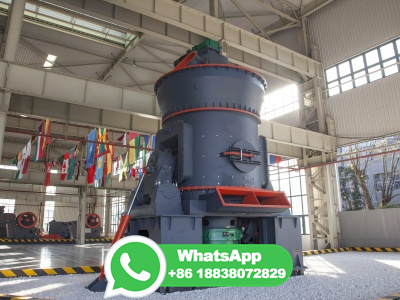 Get Price >
Get Price >Aluminum
Aluminum metal is silvery white, has a low specific gravity () and a low melting temperature. Except for iron and steel, aluminum is probably used for more purposes than any other metal. Its light weight – about onethird that of steel – and its strength when alloyed with other metals are two reasons for aluminum''s versatility.













